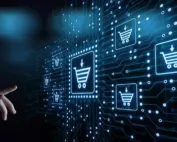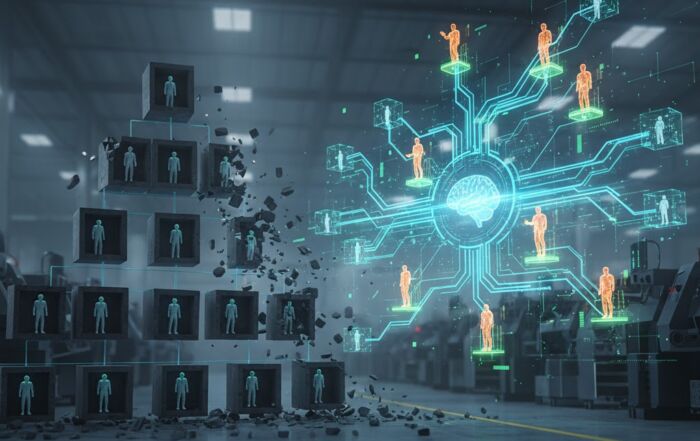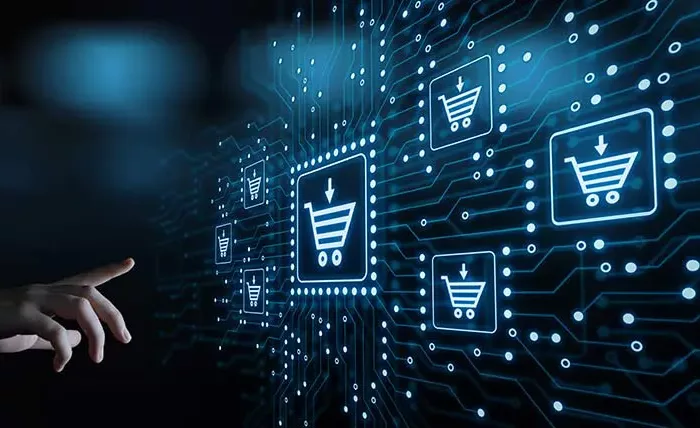Share
Author
George Anderson
Share
In a recent article, McKinsey & Company reported on the impact which the COVID-19 pandemic has had on B2B buyer preferences. McKinsey noted that 66% of B2B decision-makers now believe self-service is more important to customers than traditional sales interactions—up from 48% before the pandemic.
The survey results indicate a sea change in how B2B buyers do business with manufacturers. Yet challenges remain as B2B interactions shift to digital.
Here’s what McKinsey uncovered—plus how manufacturers can address customer needs while navigating the new normal.
Rising preference for self-service (even before COVID)
In a pre-COVID survey, McKinsey asked respondents to indicate whether they preferred directed interaction or self-service across the 4 stages of the buying journey. McKinsey conducted the survey in 2016, and again in 2019. The differences are telling—especially since the COVID-19 pandemic had not hit when the 2019 survey was conducted.
In 2016, 48% of buyers preferred self-service for ordering and reordering. Those numbers jumped to 62% and 61%, respectively, in 2019—increases of 29% and 27%.
Yet the first two phases of the buying journey, research and evaluation, saw the biggest increases in preference for self-service:
- Research: 35% preferred self-service in 2016, while that number jumped to 65% in 2019—an increase of 85.7%.
- Evaluate: 18% preferred self-service in 2016, jumping to 61% in 2019—an increase of 239%.
Clearly, B2B buyers increasingly prefer self-service for research, evaluation, ordering, and reordering. This trend was in motion before the pandemic, and it’s intensifying.
Yet not all “self-service” solutions are created equal
Is it really that simple? Launch a self-service ordering portal, and customers will be happy?
Not necessarily. In the article, McKinsey explains:
“When we asked our sample of decision makers to select their top-three most frustrating issues with suppliers’ websites, 36 percent cited the length of the ordering process, 34 percent the difficulty of finding products, and 33 percent technical glitches with ordering. Other common concerns were confusing websites, a lack of information on delivery and technical support, and difficulty setting up payments.”
In other words, “self-service” only works if it’s truly self-service—if customers can perform all ordering and account management tasks within the portal. If customers can’t do this, then the portal is actually introducing more friction to the ordering and account management process.
The key to true self-service is a deep integration with SAP ERP.
Leveraging ERP data to address common friction points in self-service ordering
A deep integration to SAP ERP provides the real-time, personalized data which buyers need to have confidence in the self-service portal. In fact, this kind of integration solves the most pressing issues which McKinsey identified:
- Length of the ordering process: Self-service ordering with SAP integration gives customers all the information they need to place an order in real time. The ordering process is as long (or as short) as the customer wants.
- Difficulty of finding products: SAP integration enforces your product relationships in the web store. Cross-sell/upsell, related products, and more are all displayed within the user experience.
- Technical glitches with ordering: A disconnected eCommerce site, or one with a poor integration to SAP, will produce errors. Orders may not post properly, personalized business rules may not be enforced, and customers may require manual callbacks to correct pricing, quantities, and more. A deep SAP integration ensures that every user’s experience is driven by their personalized SAP ERP data. No order errors, no customer service inquiries required, and no callbacks to the customer to fix problems.
- Difficulty setting up payments: Your self-service ordering solution should support an SAP-integrated payment gateway (as Corevist solutions do). This empowers your customers to pay with your preferred payment methods—credit/debit cards, ACH transfer, eCheck, Paypal, and more.
Corevist’s built-in SAP integration addresses all these (and more). Learn more here: Our 49 SAP Integration Points.
Want to become Easier To Do Business With?
Check out the Corevist Platform.
Managed B2B portals and eCommerce with prebuilt integration for ECC and S/4HANA.










